Home>Garden Essentials>How To Make A Play Area For A Hedgehog
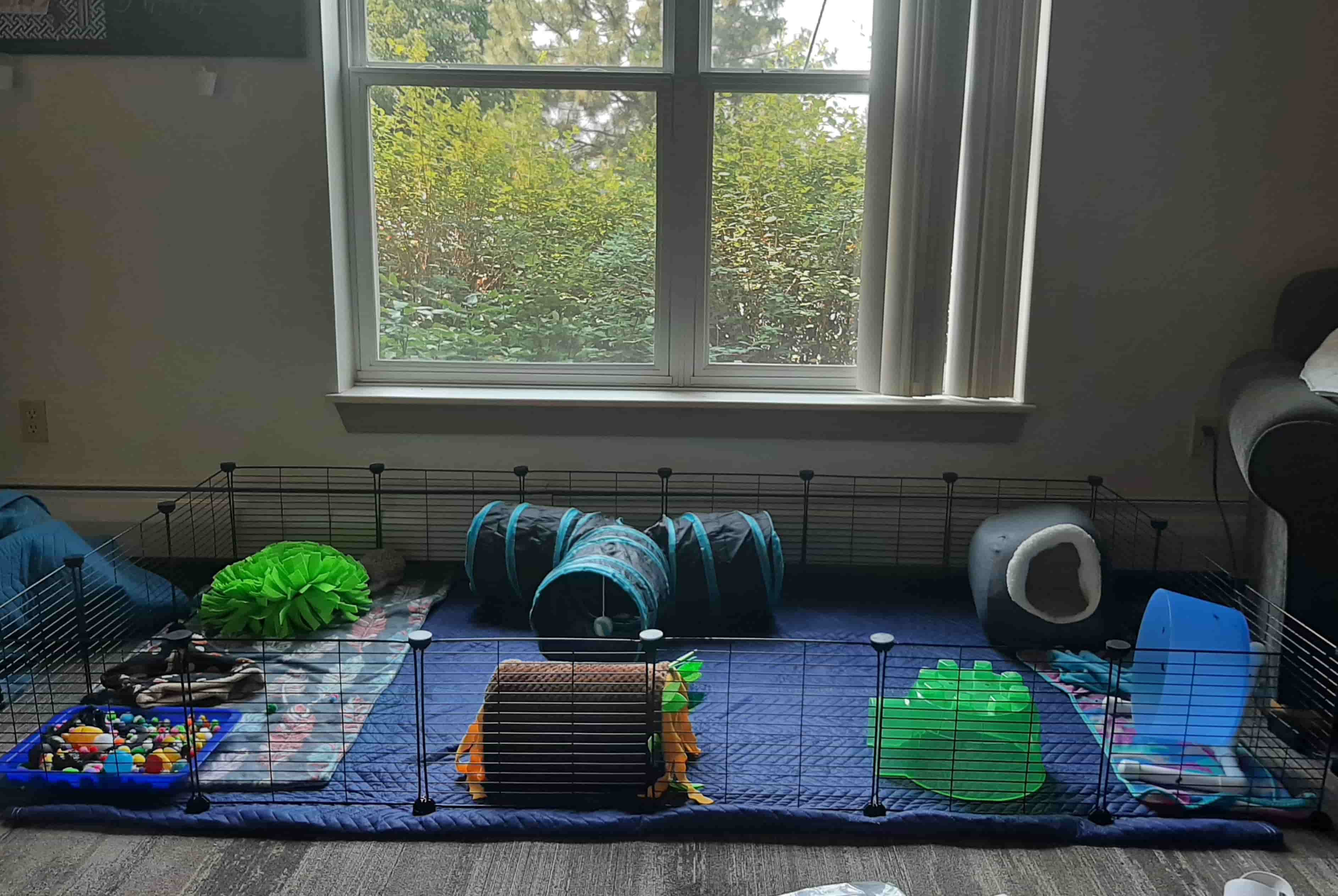

Garden Essentials
How To Make A Play Area For A Hedgehog
Modified: October 20, 2024
Create a safe and fun garden play area for your hedgehog with our step-by-step guide. Transform your outdoor space into a hedgehog-friendly haven today!
(Many of the links in this article redirect to a specific reviewed product. Your purchase of these products through affiliate links helps to generate commission for Storables.com, at no extra cost. Learn more)
Introduction
Welcome to the wonderful world of hedgehog ownership! If you’ve recently welcomed a spiky little friend into your home, you might be wondering how to create a suitable play area for them. Hedgehogs are curious creatures who love to explore and engage in various activities. By providing them with a dedicated play area, you can ensure they stay active, happy, and well-stimulated.
In this article, we will guide you through the process of creating a play area for your hedgehog. From choosing the right location to selecting a suitable cage and providing essential supplies, we’ll cover all the steps necessary to create a safe and enjoyable environment for your prickly pal.
Before we dive into the details, it’s important to note that hedgehogs are nocturnal animals. This means they are most active during the night and tend to sleep during the day. Keep that in mind when designing their play area, as it should ideally be a quiet and dimly lit space during the day to promote their natural sleeping patterns.
Now, let’s get started on creating the perfect play area for your hedgehog!
Key Takeaways:
- Hedgehogs need a quiet, warm, and easily accessible play area with a suitable cage and essential supplies to stay active and happy.
- Providing enrichment toys, maintaining cleanliness, and ensuring proper lighting and temperature are crucial for creating a safe and stimulating play area for hedgehogs.
Read more: How To Make A Dog Play Area
Step 1: Choosing the Right Location
The first step in creating a play area for your hedgehog is selecting the right location. Ideally, you want to choose a quiet and secure area of your home where your hedgehog can play and explore without any disturbances.
Consider finding a spot that is away from busy areas in your home, such as the kitchen or living room, where there might be a lot of foot traffic or noise. This will help create a peaceful environment for your hedgehog, allowing them to feel calm and comfortable while playing.
You should also take into account the temperature of the chosen location. Hedgehogs prefer warm environments, so try to find a spot that is not too cold or drafty. Avoid placing their play area in direct sunlight or near radiators, as extreme heat can be harmful to their health.
It’s important to note that hedgehogs are sensitive to light. They have relatively poor eyesight and rely heavily on their sense of smell and hearing. Therefore, it’s recommended to keep their play area in a dimly lit room or use low-level lighting to avoid causing stress or discomfort.
Lastly, consider the accessibility of the play area. It should be easily accessible for both you and your hedgehog. This will make it easier for you to interact with them and provide the necessary care and attention.
Remember, the right location will play a crucial role in ensuring your hedgehog feels safe and comfortable while exploring their play area. Take the time to find the perfect spot before moving on to the next step.
Step 2: Selecting a Suitable Cage
When it comes to creating a play area for your hedgehog, selecting a suitable cage is imperative. Hedgehogs require ample space to move around and explore, so it’s essential to choose a cage that provides enough room for their activities.
There are a few factors to consider when selecting a cage for your hedgehog:
Size: The size of the cage is crucial. Ideally, it should be at least 4 square feet in surface area. This will give your hedgehog plenty of space to roam and play. Remember, hedgehogs are active creatures, so providing them with a spacious environment is essential for their overall well-being.
Bar spacing: Ensure that the spacing between the bars is narrow enough to prevent your hedgehog from escaping. A maximum spacing of 1 inch is recommended to ensure their safety.
Material: Opt for a cage made of a sturdy and easy-to-clean material. Avoid cages with wire or mesh flooring, as they can cause discomfort and potentially harm your hedgehog’s feet. Solid flooring or solid plastic cages are the best options.
Accessibility: Look for a cage that has multiple entry points, such as doors or lids. This will make it easier for you to interact with your hedgehog and provide them with toys, food, and water.
Ventilation: Proper airflow is important to maintain a healthy environment for your hedgehog. Look for cages with adequate ventilation to prevent the buildup of humidity and odors.
Secure locks: Make sure the cage has secure locks or latches to prevent any accidental escapes. Hedgehogs are known to be quite the escape artists, so ensuring the cage is escape-proof is essential.
When setting up the cage for your hedgehog, add a cozy sleeping area, such as a hideout or igloo, as well as a designated area for food and water. This will provide your hedgehog with a sense of security and ensure their basic needs are met.
Overall, choosing a suitable cage for your hedgehog will provide them with a comfortable and safe space to play and explore.
Step 3: Providing the Essential Supplies
Creating a play area for your hedgehog goes beyond just the cage itself. You also need to ensure you have the necessary supplies to make their playtime enjoyable and stimulating. Here are some essential supplies you’ll need:
Bedding: Choose a bedding material that is safe and comfortable for your hedgehog. Avoid cedar or pine shavings, as they can be harmful to their respiratory system. Opt for a bedding made from recycled paper or fleece liners.
Food and water bowls: Provide your hedgehog with separate bowls for their food and water. Choose shallow bowls that are easy for them to access and clean them regularly to ensure freshness.
Hideouts: Hedgehogs love to have hiding places where they can retreat and feel secure. Provide them with hideouts or igloos inside the cage, allowing them to have a cozy space to relax and sleep.
Exercise wheel: Hedgehogs are highly active animals and require a means of exercising. Invest in a solid, sturdy exercise wheel specifically designed for hedgehogs. Ensure that the wheel is of appropriate size to prevent any injuries.
Enrichment toys: Hedgehogs are intelligent creatures and enjoy mental stimulation. Provide them with a variety of toys, such as tunnels, puzzle feeders, and chew toys. Make sure the toys are hedgehog-safe and avoid small or sharp objects that could cause harm.
Heating pad: Hedgehogs prefer warm temperatures and can benefit from a heating pad placed under a portion of their cage. This will provide them with a cozy spot to relax and help regulate their body temperature.
Bedding material: Hedgehogs enjoy nesting and burrowing, so provide them with soft, cozy bedding material like shredded paper or fleece strips. This will give them the opportunity to create a comfortable sleeping area.
Food and treats: Ensure you have a well-balanced diet for your hedgehog, consisting of high-quality hedgehog food. You can also offer them safe fruits, vegetables, and occasional treats like mealworms or crickets.
By providing these essential supplies, you create an environment that promotes your hedgehog’s physical and mental well-being. It allows them to engage in natural behaviors and have a fun and enriching playtime.
Step 4: Creating a Safe and Comfortable Environment
Creating a safe and comfortable environment is crucial when setting up a play area for your hedgehog. Hedgehogs are curious creatures, and it’s essential to ensure their surroundings are free from any potential hazards. Here are some steps to follow:
Remove hazards: Before introducing your hedgehog to their play area, thoroughly inspect the space and remove any potential hazards. This includes small objects, loose wires, toxic plants, and chemicals. Hedgehogs are known to chew on things, so it’s essential to keep the area hazard-free.
Secure the play area: If you’re designating a specific room for your hedgehog’s play area, ensure it’s escape-proof. Cover any small openings or gaps where your hedgehog might squeeze through. Use baby gates or barriers to block off any areas you don’t want them to access.
Provide hiding spots: Hedgehogs like to have places to hide and feel safe. Place tunnels, boxes, or PVC pipe segments in their play area to provide them with hiding spots. This will give them a sense of security and comfort during their exploration.
Remove any sharp edges: Hedgehogs have delicate skin, and sharp edges can easily injure them. Check all the items in their play area, including toys and decor, to ensure there are no sharp edges that could harm them. Smooth out any rough edges or opt for hedgehog-safe items.
Ensure proper ventilation: Hedgehogs need a well-ventilated environment for fresh air circulation. Avoid placing their play area in a closed or poorly ventilated space. Good airflow will help maintain a healthy and comfortable environment for your hedgehog.
Monitor temperature and humidity: Hedgehogs thrive in a warm and dry environment. Keep an eye on the temperature in their play area, ensuring it remains between 72-80°F (22-27°C). Avoid exposing them to drafts or extreme temperature changes. Additionally, maintaining a humidity level around 40-50% is ideal for their comfort.
Regularly sanitize the play area: Hedgehogs are prone to certain parasites, so it’s crucial to maintain cleanliness. Regularly clean and sanitize their play area, including their cage, toys, and accessories. This will help prevent the buildup of bacteria and keep your hedgehog healthy.
By following these steps, you can create a safe and comfortable environment for your hedgehog to explore and play freely. It ensures their well-being and allows them to fully enjoy their playtime without any worries.
Provide a variety of hiding spots and tunnels in the play area for your hedgehog to explore and feel safe. This can include PVC pipes, cardboard boxes, and tunnels made from fleece or fabric.
Read more: How To Make A Play Area For A Kitten
Step 5: Adding Enrichment and Stimulating Toys
Enrichment and stimulating toys are essential for keeping your hedgehog engaged and mentally stimulated in their play area. Hedgehogs are curious creatures who love to explore and engage in different activities. Here are some ideas to add enrichment and stimulating toys to their play area:
Tunnels and hideouts: Hedgehogs love to have tunnels to explore and hide in. Provide them with tunnels made of cardboard or PVC pipes. You can also create makeshift hideouts using empty boxes or tunnels made from fabric. These will provide them with a sense of security and encourage their natural burrowing instinct.
Puzzle feeders: Make mealtime more exciting by using puzzle feeders. These toys require your hedgehog to work for their food, stimulating their problem-solving skills and keeping them mentally active. Look for puzzle feeders specifically designed for hedgehogs or create DIY versions using small treat balls or plastic containers with holes.
Chew toys: Hedgehogs have a natural instinct to chew, so providing safe chew toys will keep them entertained and help maintain their dental health. Look for hedgehog-safe chew toys made of non-toxic materials, such as wooden blocks or natural grass toys.
Interactive toys: There are several interactive toys available for hedgehogs that encourage physical and mental stimulation. Look for toys that have dangling or moving parts, buttons to push, or textures to explore. These toys will keep your hedgehog engaged and entertained as they interact with them.
Toy rotation: Hedgehogs can become bored with the same toys over time. To keep their play area fresh and exciting, rotate their toys on a regular basis. Introduce new toys while temporarily removing some of the older ones. This will pique their interest and keep them engaged in exploring their play area.
Digging boxes: Hedgehogs love to dig and burrow. Provide them with a shallow container or baking tray filled with safe, clean, and chemical-free diggable material, such as uncooked rice or shredded paper. This will satisfy their natural instincts and provide them with a fun and enriching activity.
Playtime with you: Incorporate interactive playtime with you into your hedgehog’s routine. Gently handle and interact with your hedgehog outside of their cage, allowing them to explore different areas of your home under your supervision. This bonding time provides mental stimulation and helps strengthen your relationship.
Remember to always supervise your hedgehog during playtime and regularly inspect their toys for any signs of wear or damage. Safety should always be a top priority when choosing toys and enrichment items for your hedgehog.
By adding enrichment and stimulating toys to your hedgehog’s play area, you’ll provide them with a diverse and engaging environment that promotes their overall well-being and happiness.
Step 6: Maintaining Hygiene and Cleanliness
Maintaining hygiene and cleanliness in your hedgehog’s play area is essential for their health and well-being. Regular cleaning helps prevent the buildup of bacteria, reduces the risk of infections, and ensures a safe environment for your hedgehog. Here are some important steps to follow to maintain hygiene and cleanliness:
Cleaning the cage: Clean your hedgehog’s cage on a regular basis to remove waste, food debris, and soiled bedding. Depending on the size of the cage and the number of hedgehogs you have, a thorough cleaning should be done at least once a week. Remove all items from the cage, including toys and accessories, and clean them separately.
Bedding replacement: Replace the bedding in your hedgehog’s cage regularly, as soiled bedding can harbor bacteria and produce unwanted odors. Use a safe bedding material, such as recycled paper or fleece liners, and change it out as needed to keep the cage clean and fresh.
Spot cleaning: In addition to regular cage cleanings, perform spot cleanings as necessary. Remove any waste or soiled bedding promptly to maintain a clean environment for your hedgehog. This helps to prevent the spread of bacteria and keep the play area hygienic.
Disinfection: Every few weeks, disinfect the cage and accessories to eliminate germs and bacteria. Use a hedgehog-safe disinfectant or a diluted mixture of white vinegar and water. Make sure to rinse off any residue thoroughly before reintroducing your hedgehog to their clean environment.
Toy maintenance: Regularly inspect and clean your hedgehog’s toys to ensure they are in good condition and free from dirt or debris. Wash plastic toys with warm soapy water, rinse thoroughly, and let them dry before returning them to the play area. You can also launder fabric toys or replace them if they become worn or damaged.
Water and food bowls: Clean and replace your hedgehog’s water and food bowls on a daily basis. Wash them with warm soapy water, rinse well, and dry before refilling. This helps prevent the growth of bacteria and keeps your hedgehog’s food and water fresh and uncontaminated.
Regular health checks: Along with maintaining cleanliness in the play area, it’s important to regularly monitor your hedgehog’s overall health. Check for signs of illness, skin issues, or abnormal behaviors. If you notice anything concerning, consult with a veterinarian who specializes in exotic pets.
By following these hygiene and cleanliness practices, you’ll create a healthy and safe play area for your hedgehog. Regular cleaning and maintenance will contribute to their overall well-being and ensure a pleasant environment for both you and your prickly companion.
Step 7: Ensuring Proper Lighting and Temperature
Proper lighting and temperature are essential for creating a comfortable and healthy play area for your hedgehog. Maintaining the right conditions will promote their well-being and ensure they thrive in their environment. Here are some important considerations:
Lighting: Hedgehogs are nocturnal creatures and have sensitive eyes. It’s important to provide them with a play area that mimics their natural environment. During the day, keep the play area dimly lit to create a calming and restful atmosphere. Avoid exposing your hedgehog to bright or direct sunlight, as it can cause stress and discomfort.
Temperature: Hedgehogs are sensitive to temperature and require a warm and consistent environment. Keep the play area at a temperature range of 72-80°F (22-27°C) to ensure their comfort. Avoid placing the play area near drafts or in areas with fluctuating temperatures. You can use a digital thermometer to monitor the temperature and make adjustments as needed.
Heating: To help maintain the appropriate temperature, you can provide a heating pad or ceramic heat emitter under a portion of the cage. This will create a warm spot for your hedgehog to relax and regulate their body temperature. Make sure to use a thermostat to control the heat source and prevent overheating.
Avoid extreme temperatures: Hedgehogs are sensitive to both cold and heat. Avoid exposing them to extreme temperatures, as it can be detrimental to their health. Cold temperatures can lead to hibernation attempts, while excessive heat can cause heatstroke. Ensure that the play area remains within the recommended temperature range at all times.
Temperature monitoring: Regularly monitor the temperature in the play area to ensure it remains within the appropriate range. Use a thermometer to check the temperature regularly, especially during extreme weather conditions or seasonal changes. This will help you make necessary adjustments to maintain a comfortable environment for your hedgehog.
Comfortable bedding: Use bedding materials that provide insulation and help maintain a suitable temperature for your hedgehog. Choose bedding that is soft, absorbent, and non-toxic. Good options include fleece liners or recycled paper bedding, as they provide insulation without trapping too much heat or cold.
Regular temperature checks: Along with monitoring the play area temperature, it’s important to check your hedgehog’s body temperature regularly. Feel their ears, body, and feet to ensure they are not too hot or too cold. Signs of temperature-related discomfort include excessive panting, shivering, or seeking cool or warm spots excessively.
By ensuring proper lighting and temperature in your hedgehog’s play area, you create a comfortable and healthy environment for them to thrive. Maintaining appropriate conditions will help them feel secure and promote their natural behaviors and overall well-being.
Conclusion
Creating a play area for your hedgehog is a wonderful way to provide them with a safe and stimulating environment to explore and enjoy. By following the steps outlined in this guide, you can ensure that their play area is well-designed, comfortable, and engaging.
Choosing the right location, selecting a suitable cage, and providing essential supplies are the building blocks of a successful play area. By prioritizing your hedgehog’s safety and comfort, you can create a space where they can freely roam and play to their heart’s content.
Incorporating enrichment and stimulating toys, maintaining hygiene and cleanliness, and ensuring proper lighting and temperature will provide your hedgehog with a fulfilling and healthy playtime experience. These elements will offer mental and physical stimulation, promote natural behaviors, and contribute to their overall well-being.
It’s important to remember that while creating a play area is essential, regular interaction and bonding time with your hedgehog outside of their play area are equally important. Hedgehogs thrive on social interaction, so be sure to spend quality time with them outside of their enclosure as well.
By following these steps and providing a dedicated play area for your hedgehog, you are setting the stage for a happy and enriched life for your prickly friend. With your love and care, your hedgehog will have a fulfilling and enjoyable time exploring their play area and bonding with you.
Now, it’s time to get started on creating the perfect play area for your hedgehog. Have fun, be creative, and watch as your hedgehog delights in their new play space!
Frequently Asked Questions about How To Make A Play Area For A Hedgehog
Was this page helpful?
At Storables.com, we guarantee accurate and reliable information. Our content, validated by Expert Board Contributors, is crafted following stringent Editorial Policies. We're committed to providing you with well-researched, expert-backed insights for all your informational needs.

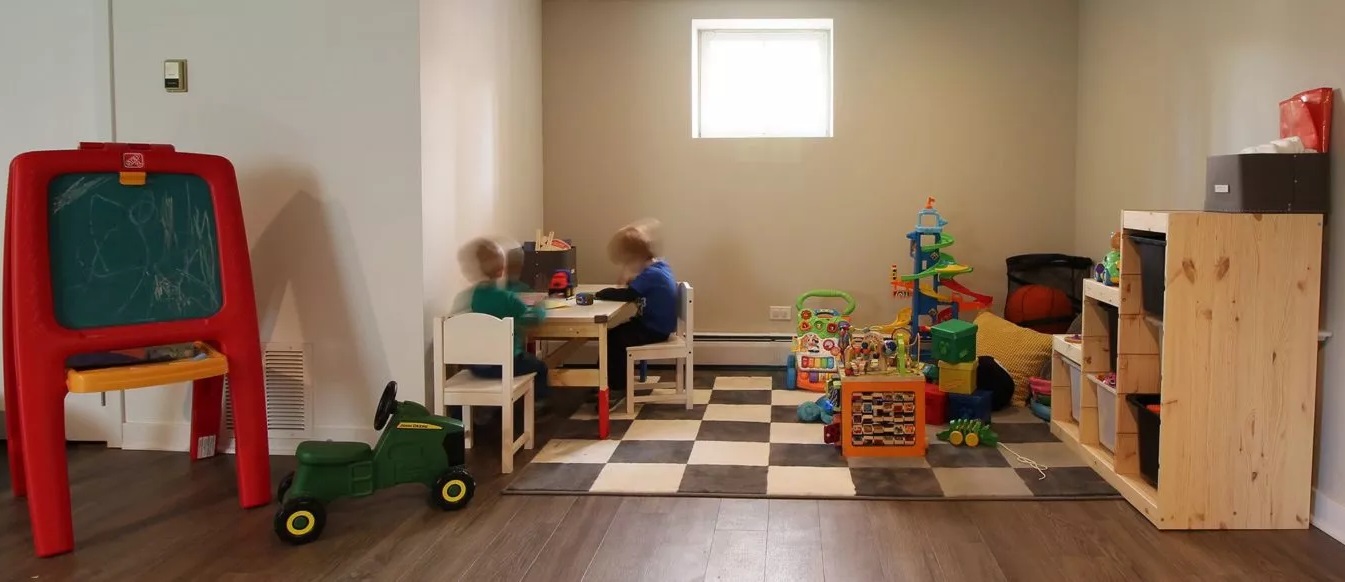
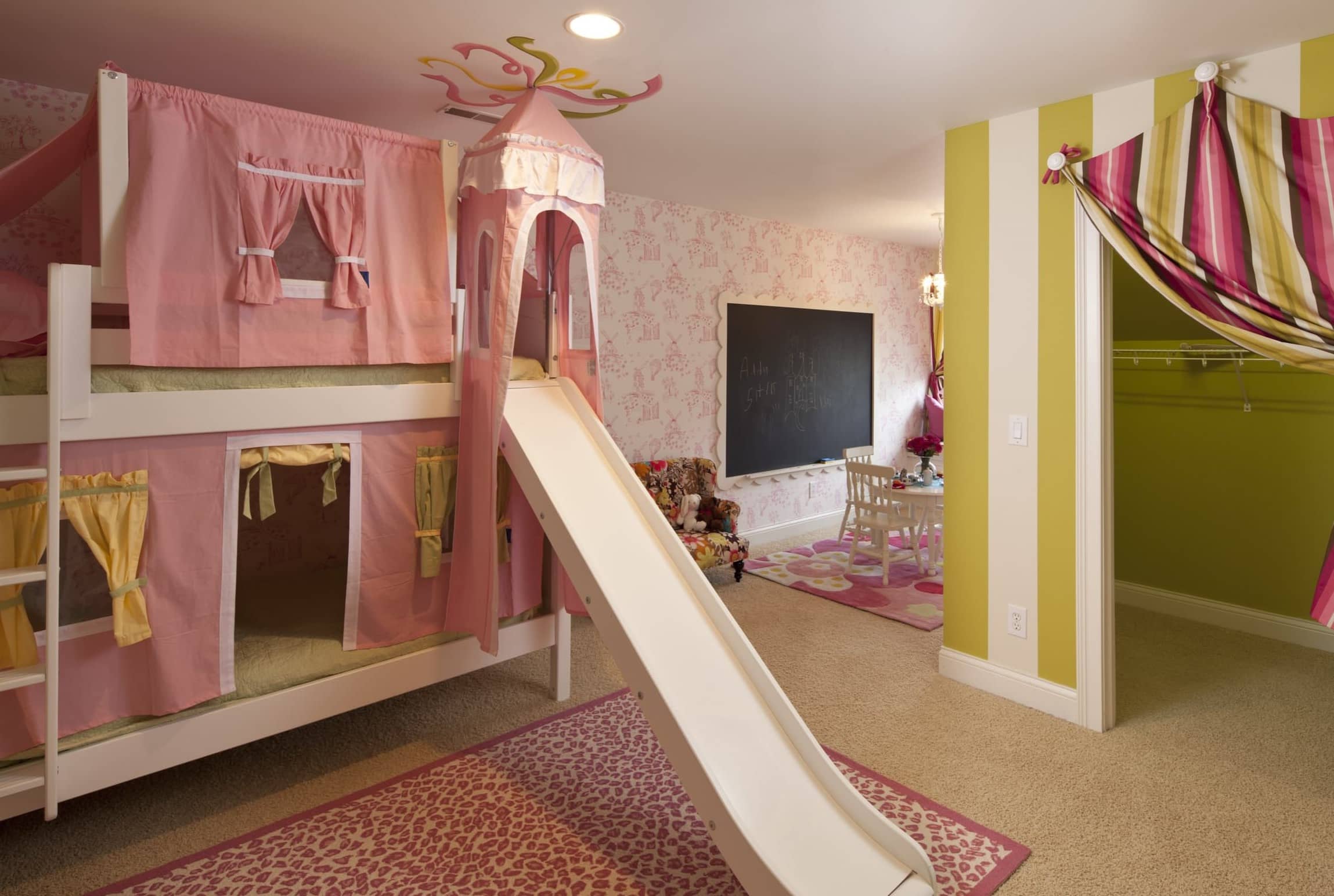
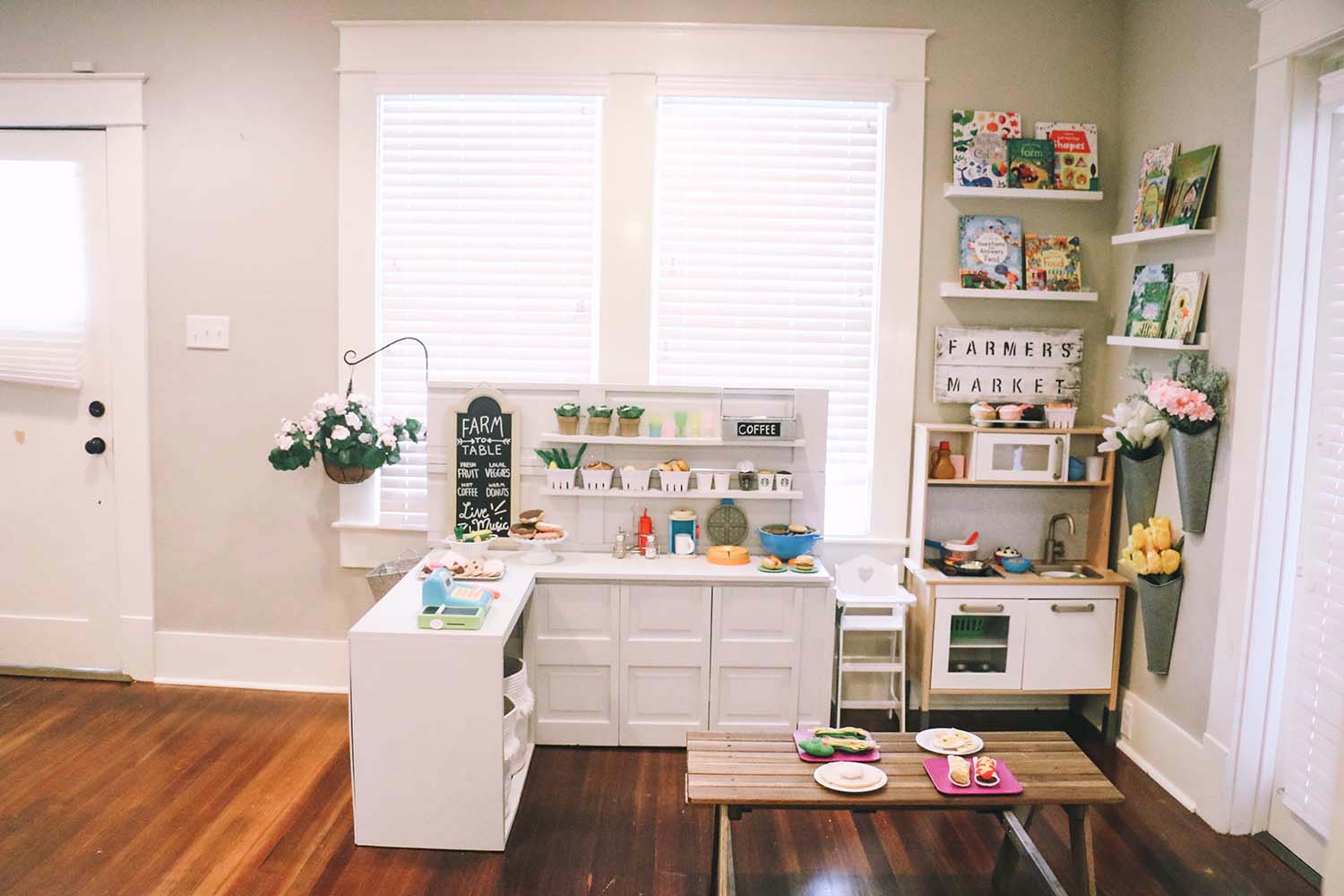
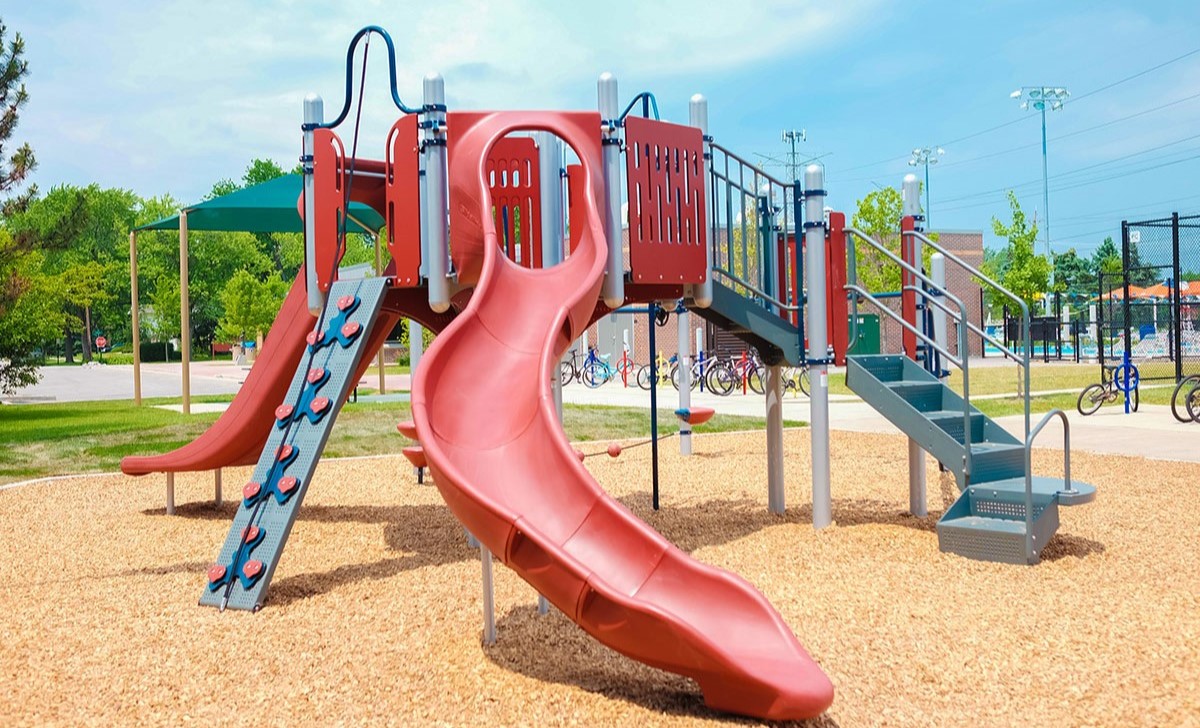

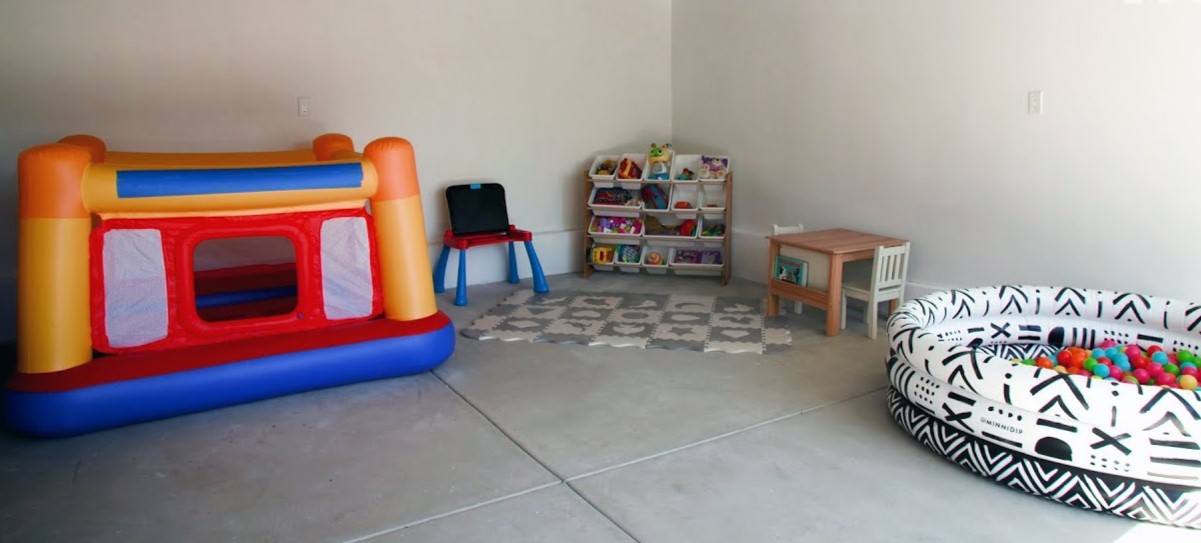
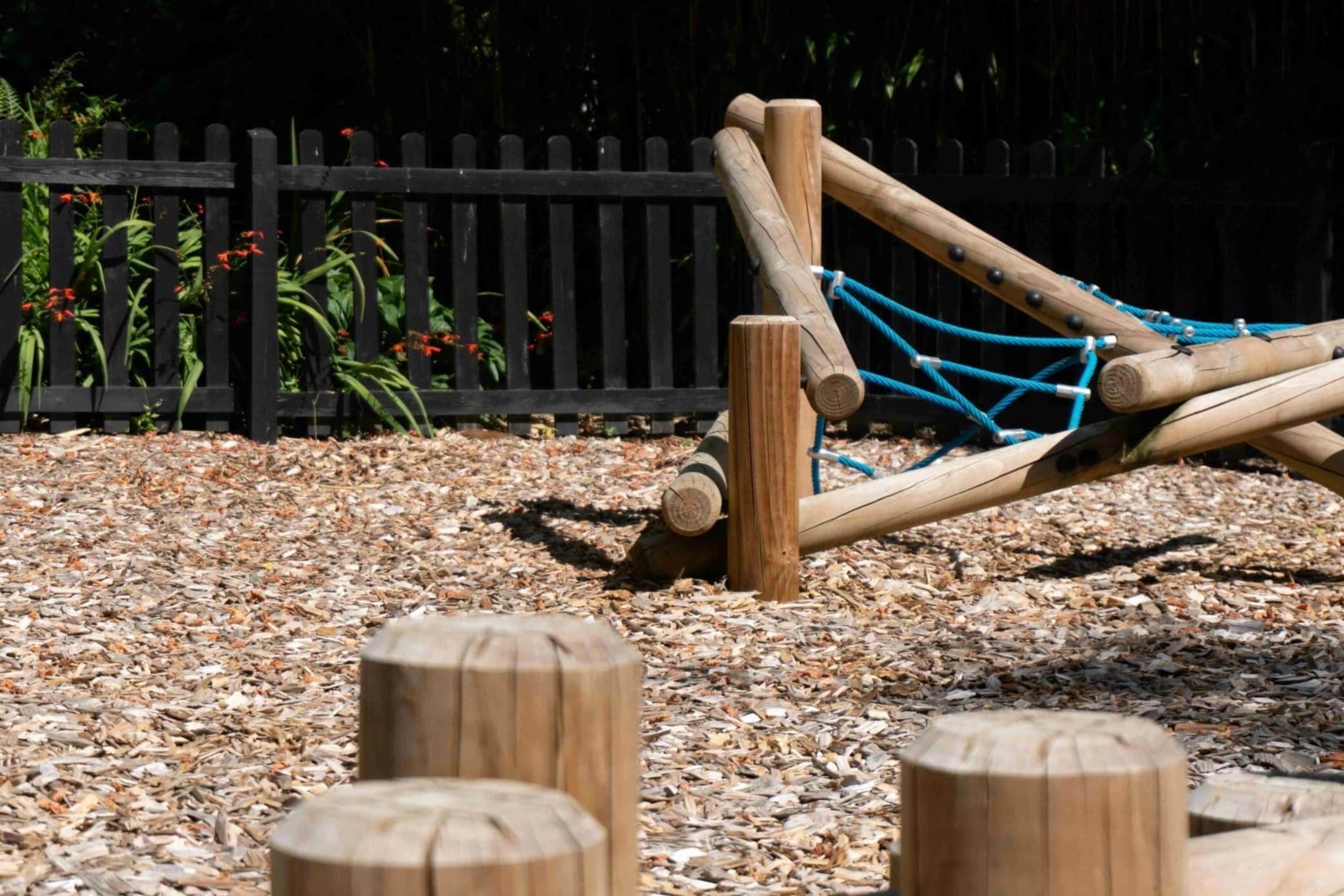
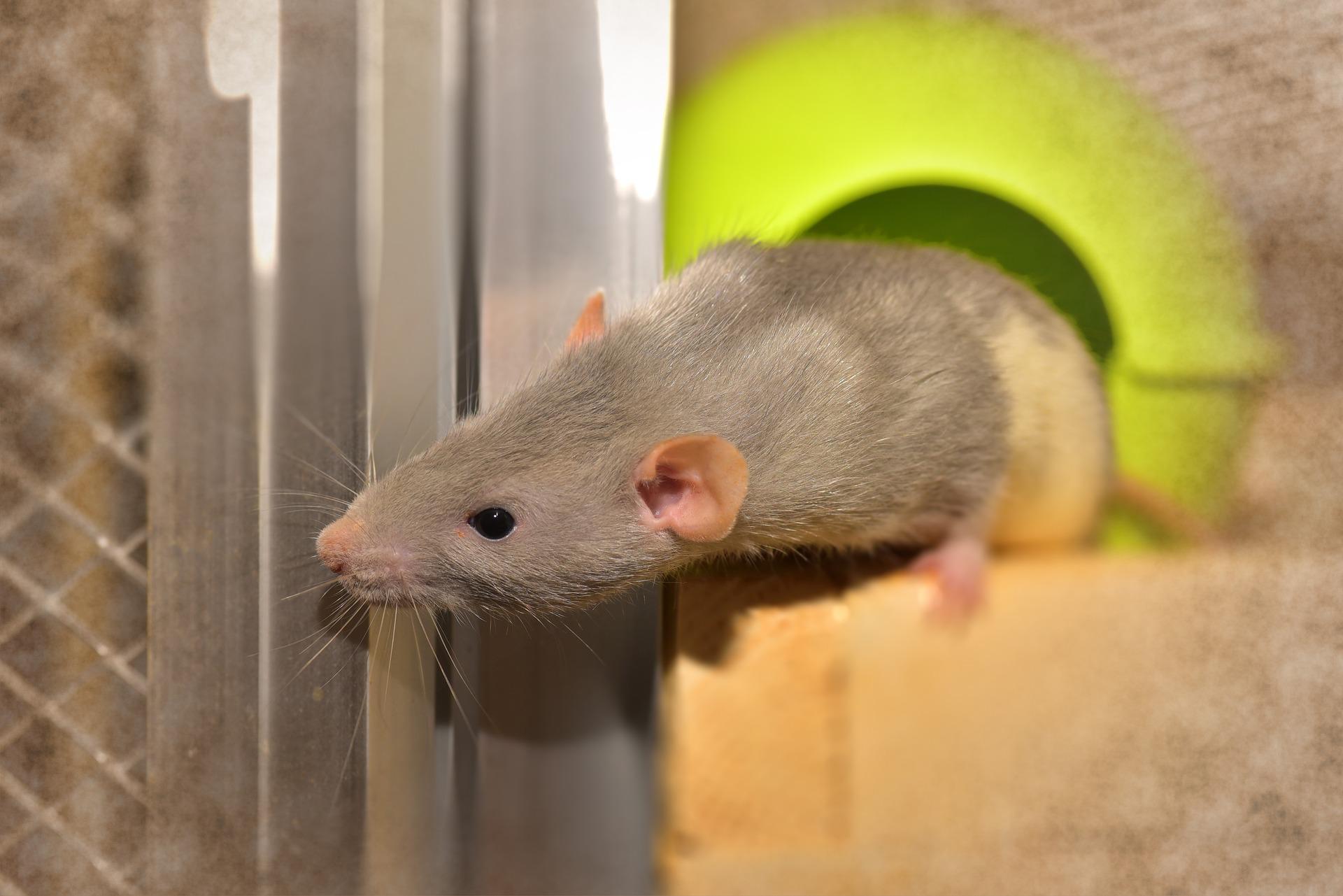
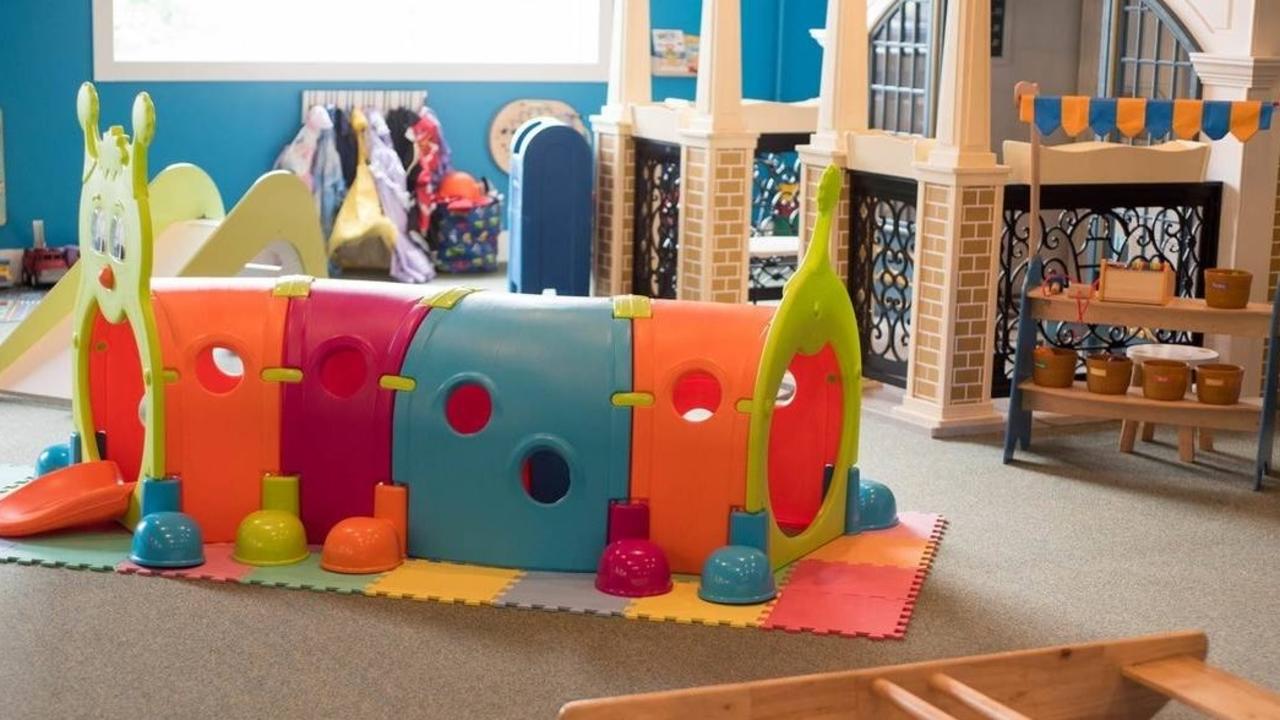
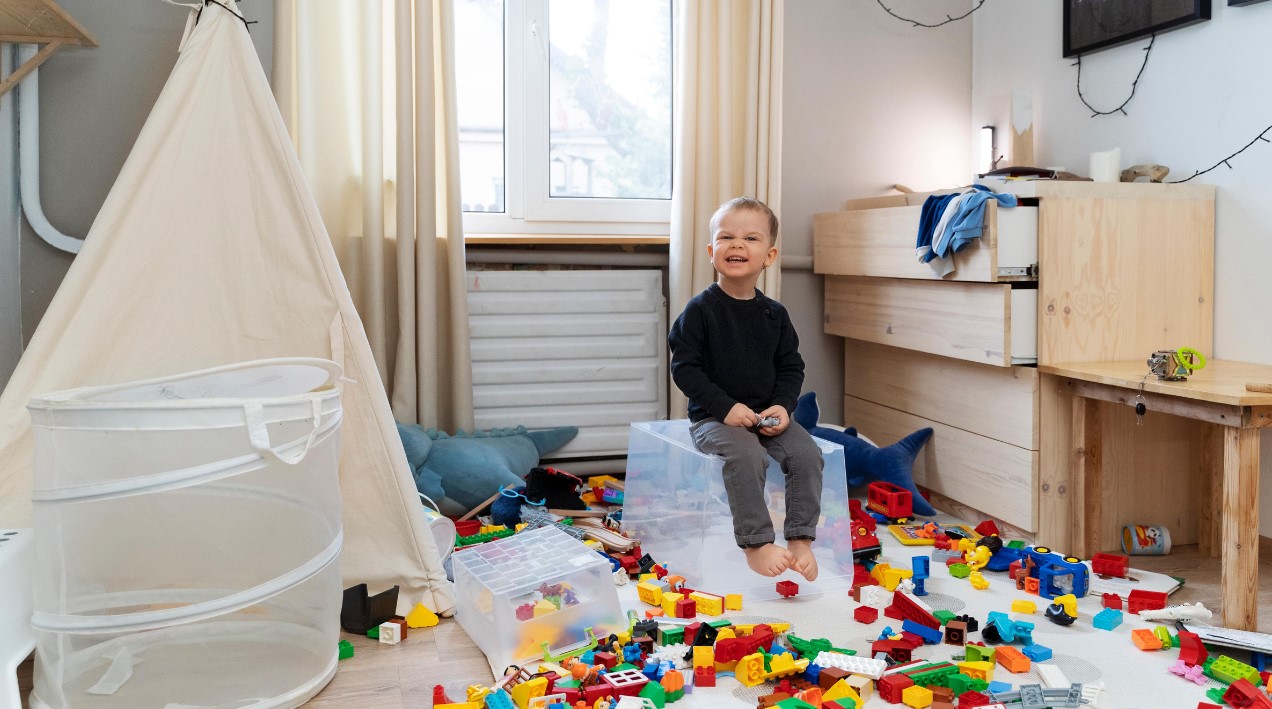
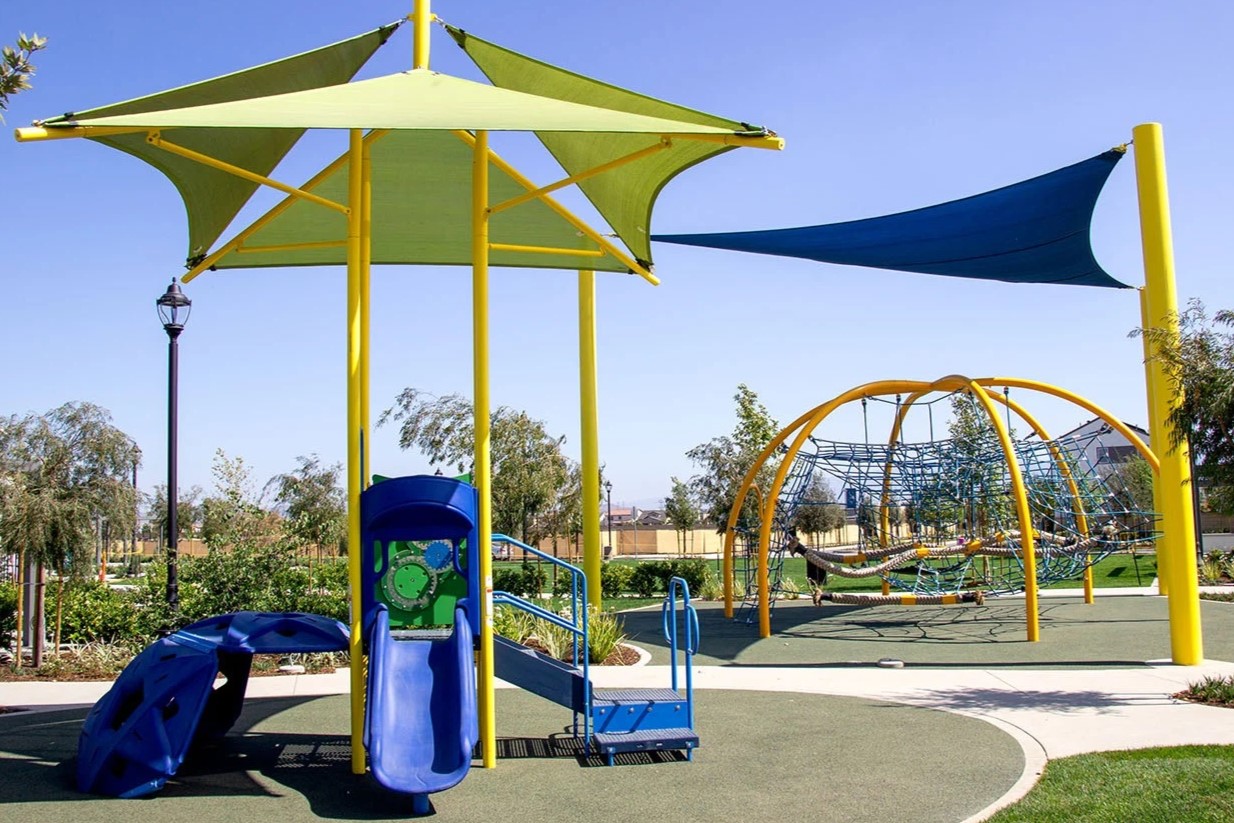
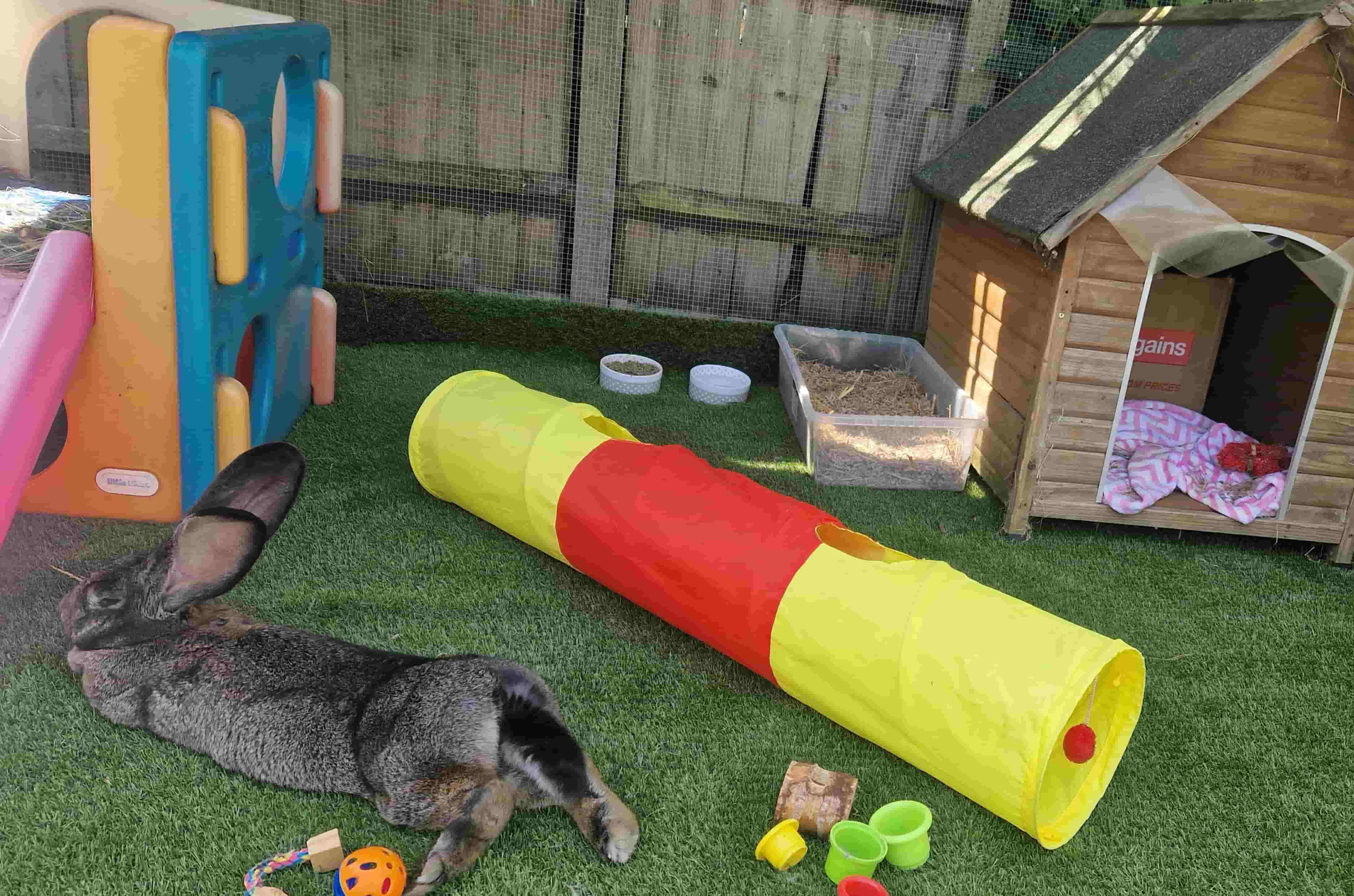
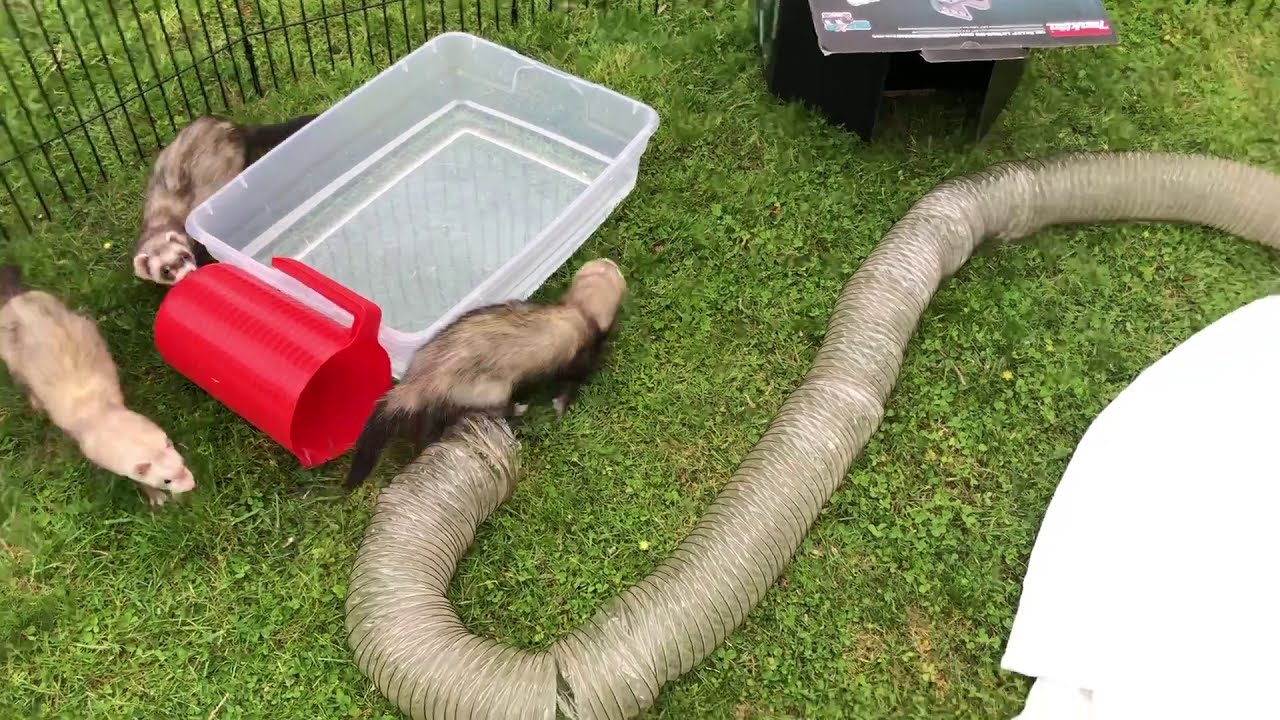

0 thoughts on “How To Make A Play Area For A Hedgehog”